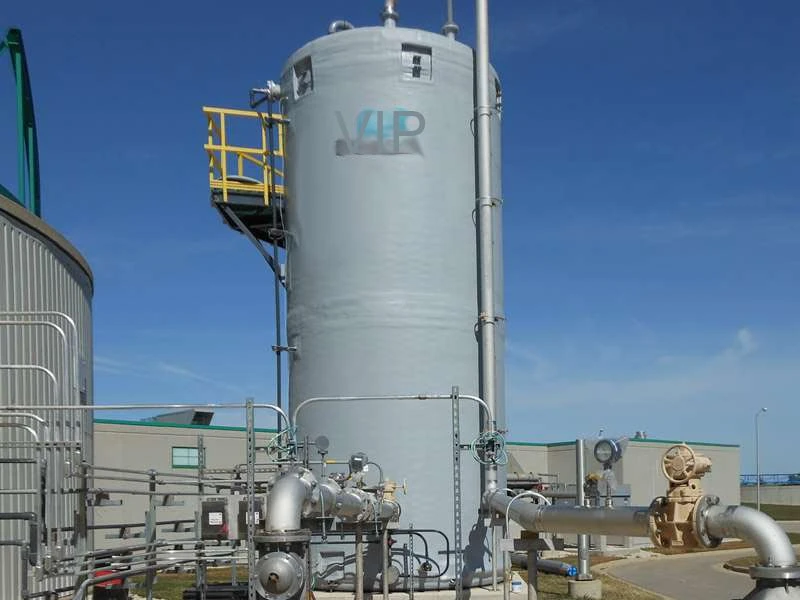
-
 Afrikaans
Afrikaans -
 Albanian
Albanian -
 Amharic
Amharic -
 Arabic
Arabic -
 Armenian
Armenian -
 Azerbaijani
Azerbaijani -
 Basque
Basque -
 Belarusian
Belarusian -
 Bengali
Bengali -
 Bosnian
Bosnian -
 Bulgarian
Bulgarian -
 Catalan
Catalan -
 Cebuano
Cebuano -
 China
China -
 China (Taiwan)
China (Taiwan) -
 Corsican
Corsican -
 Croatian
Croatian -
 Czech
Czech -
 Danish
Danish -
 Dutch
Dutch -
 English
English -
 Esperanto
Esperanto -
 Estonian
Estonian -
 Finnish
Finnish -
 French
French -
 Frisian
Frisian -
 Galician
Galician -
 Georgian
Georgian -
 German
German -
 Greek
Greek -
 Gujarati
Gujarati -
 Haitian Creole
Haitian Creole -
 hausa
hausa -
 hawaiian
hawaiian -
 Hebrew
Hebrew -
 Hindi
Hindi -
 Miao
Miao -
 Hungarian
Hungarian -
 Icelandic
Icelandic -
 igbo
igbo -
 Indonesian
Indonesian -
 irish
irish -
 Italian
Italian -
 Japanese
Japanese -
 Javanese
Javanese -
 Kannada
Kannada -
 kazakh
kazakh -
 Khmer
Khmer -
 Rwandese
Rwandese -
 Korean
Korean -
 Kurdish
Kurdish -
 Kyrgyz
Kyrgyz -
 Lao
Lao -
 Latin
Latin -
 Latvian
Latvian -
 Lithuanian
Lithuanian -
 Luxembourgish
Luxembourgish -
 Macedonian
Macedonian -
 Malgashi
Malgashi -
 Malay
Malay -
 Malayalam
Malayalam -
 Maltese
Maltese -
 Maori
Maori -
 Marathi
Marathi -
 Mongolian
Mongolian -
 Myanmar
Myanmar -
 Nepali
Nepali -
 Norwegian
Norwegian -
 Norwegian
Norwegian -
 Occitan
Occitan -
 Pashto
Pashto -
 Persian
Persian -
 Polish
Polish -
 Portuguese
Portuguese -
 Punjabi
Punjabi -
 Romanian
Romanian -
 Russian
Russian -
 Samoan
Samoan -
 Scottish Gaelic
Scottish Gaelic -
 Serbian
Serbian -
 Sesotho
Sesotho -
 Shona
Shona -
 Sindhi
Sindhi -
 Sinhala
Sinhala -
 Slovak
Slovak -
 Slovenian
Slovenian -
 Somali
Somali -
 Spanish
Spanish -
 Sundanese
Sundanese -
 Swahili
Swahili -
 Swedish
Swedish -
 Tagalog
Tagalog -
 Tajik
Tajik -
 Tamil
Tamil -
 Tatar
Tatar -
 Telugu
Telugu -
 Thai
Thai -
 Turkish
Turkish -
 Turkmen
Turkmen -
 Ukrainian
Ukrainian -
 Urdu
Urdu -
 Uighur
Uighur -
 Uzbek
Uzbek -
 Vietnamese
Vietnamese -
 Welsh
Welsh -
 Bantu
Bantu -
 Yiddish
Yiddish -
 Yoruba
Yoruba -
 Zulu
Zulu
fiberglass duct
Understanding Fiberglass Duct Benefits and Applications
Fiberglass duct systems have emerged as a popular choice in the heating, ventilation, and air conditioning (HVAC) industry. Known for their lightweight and durable properties, fiberglass ducts offer numerous advantages over traditional metal ducts, making them an ideal solution for various applications. This article will explore the benefits, applications, and considerations of using fiberglass ducts.
What is Fiberglass Duct?
Fiberglass ducts are constructed from fiberglass-reinforced plastic (FRP), a composite material that combines fiberglass with resin. This innovative combination provides excellent structural integrity while maintaining a lightweight profile. Fiberglass ducts are typically pre-formed and can be customized to fit specific designs, making them versatile for residential and commercial uses.
Advantages of Fiberglass Ducts
1. Insulation Properties One of the most significant advantages of fiberglass ducts is their natural insulation properties. The material provides an excellent thermal barrier, reducing heat loss or gain during air transport. This helps improve energy efficiency in HVAC systems, leading to lower energy bills and reduced demand on heating and cooling equipment.
2. Corrosion Resistance Unlike metal ducts that are susceptible to rust and corrosion, fiberglass ducts are resistant to moisture and chemicals. This property makes them ideal for environments where humidity or exposure to corrosive substances is a concern, such as in chemical processing plants or food processing facilities.
3. Lower Weight and Easy Installation Fiberglass ducts are significantly lighter than metal ducts, making transportation and installation easier. The reduced weight means that less structural support is required, potentially lowering installation costs. Additionally, fiberglass ducts can be installed with standard fasteners, simplifying the installation process further.
4. Customizability Fiberglass ducts can be manufactured in various shapes and sizes, allowing for tailored solutions that meet specific project requirements. This customizability helps maximize airflow efficiency and contributes to better overall system performance.
5. Acoustic Properties Fiberglass has inherent acoustic dampening properties, reducing noise generated by airflow within the ductwork. This is particularly beneficial in commercial settings, such as offices or schools, where minimizing noise pollution is essential for comfort and productivity.
6. Mold and Mildew Resistance The non-porous surface of fiberglass ducts is less likely to harbor mold and mildew compared to traditional materials. This characteristic is crucial for maintaining indoor air quality, especially in humid environments.
fiberglass duct

Applications of Fiberglass Ducts
Fiberglass ducts are utilized in a wide range of applications, including
- Commercial HVAC Systems Their lightweight nature and excellent insulation properties make fiberglass ducts popular in commercial building ventilation systems. They help maintain consistent indoor temperatures while providing energy savings.
- Industrial Applications In industries such as pharmaceuticals, food processing, and chemical manufacturing, fiberglass ducts excel due to their resistance to corrosion and moisture, ensuring safe and efficient air transport.
- Residential Ventilation Homeowners are increasingly opting for fiberglass duct systems to improve indoor air quality and enhance energy efficiency. Their quiet operation and customizable design make them suitable for various residential applications.
- Renovation Projects When retrofitting older buildings, fiberglass ducts can be a practical solution to upgrade ventilation systems without the need for extensive structural modifications.
Considerations
While fiberglass ducts offer many benefits, there are some considerations to keep in mind. Proper installation is essential to avoid potential problems, such as air leaks, that can compromise energy efficiency. Additionally, while fiberglass is resistant to many chemicals, it may not be suitable for all environments, particularly those with extreme temperatures.
Conclusion
Fiberglass ducts present an innovative solution in the HVAC industry, characterized by their lightweight, corrosion-resistant, and insulating properties. As energy efficiency and indoor air quality become increasingly priority concerns, the demand for fiberglass duct systems is likely to grow. Whether in commercial, industrial, or residential applications, fiberglass ducts offer a reliable and versatile option to meet modern ventilation needs. By understanding the benefits and potential applications, stakeholders can make informed decisions regarding their HVAC systems, contributing to improved performance and sustainability.









